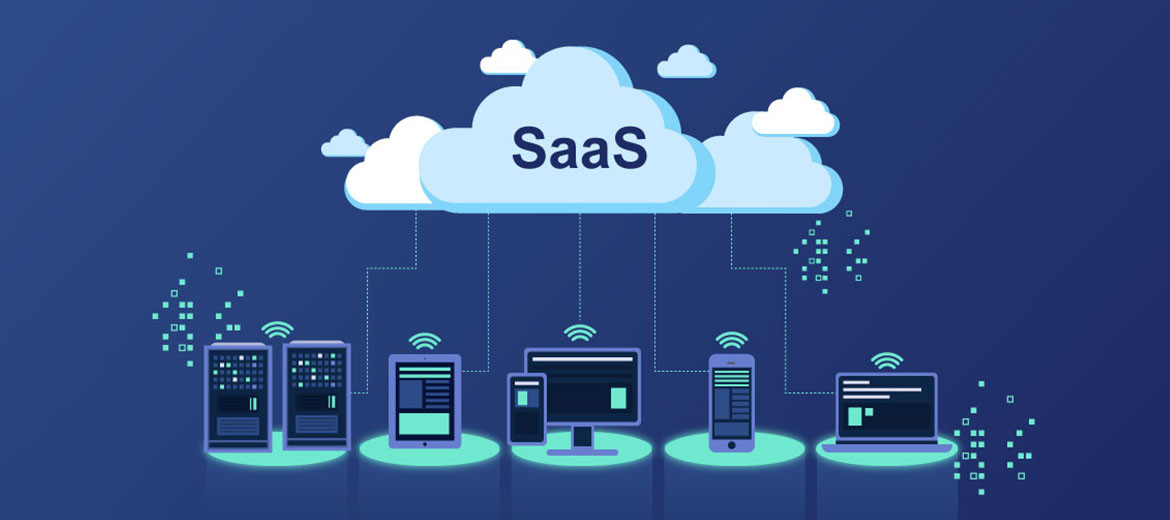Almost every organization has come to rely on SaaS to optimize their processes, from communication tools like Slack and Zoom to productivity suites like Microsoft 365 and Google Workspace, as well as platforms specific to departments such as Atlassian, Workday, NetSuite, Pipedrive or Salesforce.
SaaS models are a relatively new phenomenon as Industry 4.0 gains momentum. Proponents of these business models believe that traditional business model metrics and analysis do not apply, as most selling expenses are recognized in the first fiscal quarter of multi-year agreements, while revenue is then recognized on a pro-rata basis over the term of the contract. Therefore, SaaS proponents rely heavily on relatively new metrics—annual recurring revenue (ARR), net revenue retention, and lifetime customer value—that set a forecasting course for when operating profits will materialize.
ITO contracts had a somewhat longer evolution, beginning with multi-year agreements where vendors could realize higher profits as operating costs fell due to increased automation of monitoring and general maintenance. These contracts then moved to shorter durations and, more recently, stipulated cost reductions over time, so that any operating cost savings created by the vendor are passed on, or at least shared, with the customer. The ITO market has also seen a shift or rebranding of these client offerings into infrastructure-managed services to pivot the contract model to be more in line with SaaS structures.
According to a report on SaaS inflation from Vertice (a SaaS procurement and spend management platform that analyzed over 10,000 SaaS contracts), it found a price increase of 4 times above market inflation. In some countries (UK or Australia) SaaS prices exceed market inflation by as much as 5 times.
Spending on SaaS products increased more than tenfold between 2010 and 2020, from $13 billion to $157 billion annually. Investment accelerated even faster at the start of the pandemic as companies rushed to support remote work. SaaS spending grew 26% in the months following the initial lockout in 2020 and has only continued to grow in the years since.
A growing percentage of all business spending is SaaS subscriptions, approximately 12.7% of total spending is now used for software investments, meaning $1 in every $8 that modern organizations spend is now dedicated to SaaS.
It took just five years to double the average spend on SaaS platforms. Based on the rate of economic inflation over the same period, it would have taken 18 years for SaaS costs to double. This growth far outpaced the general economic inflation rate, even after taking into account an unusually high CPI over the past year.
What is the inflation risk for XaaS and ITO?
XaaS represents all service models (anything as a service). SaaS models take several years to generate profit, variously described as a force multiplier effect. Increasing labor and utility costs above forecast and long-term contracts will add a few percentage points of operating costs to these models. Thus, the newer the SaaS operating model, the less risk it will have on cost structures because it has less accrued or committed revenue.
The ITO market has seen persistent declines, leading to consolidations and divestments to profitably manage the eroded flows that traditional ITO vendors are trying to convert into service agreements. The impact of inflation on costs will amplify the need to infuse these business practices with more automated capabilities or low-cost labor to compensate. However, the decline in operating profit in this space is likely to worsen unless suppliers look to negotiate additional cost increases that customers may or may not be willing to accept based on their own cost containment issues.
What tactics can technology providers adopt to mitigate the inflationary impact?
Inflation is not new, but the operating models prevailing now did not exist when we last experienced it. Businesses still have a mix of initiatives they can embrace to preserve their operating models and customer relationships:
Market education: Transparent statements about the impact of costs on the supplier's business and any suggestion of burden-sharing with customers can preserve loyal customers.
research and analysis. The research can help sellers determine the level customers have of their perception of value and how much room they have in their brand perception to implement price increases.
The new contract language for price increases: The historic lull (with low inflation), coupled with a "faster, better, cheaper" technology competition, leads customers to expect IT price cuts, which leads to the need for consistent customer education about inflation and cost impact and to establish a new pricing model that can take into account a business risk that has been largely dormant for the past 40 years.
Inflation as a business risk will persist for the foreseeable future and we will analyze its impact in parallel with companies' profit/loss reporting.
You can purchase your favorite domains at the most convenient prices (which have remained low despite the increase in all costs) using the quick domain registration solution and invest in a secure and optimal hosting plan - choosing any of the NSHOST web shared, VPS or Cloud and allocate the necessary time to a caching policy suitable for your business to ensure optimal load times for each web page.


